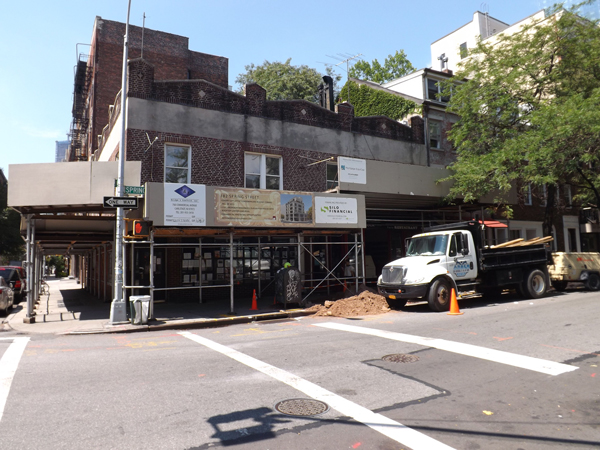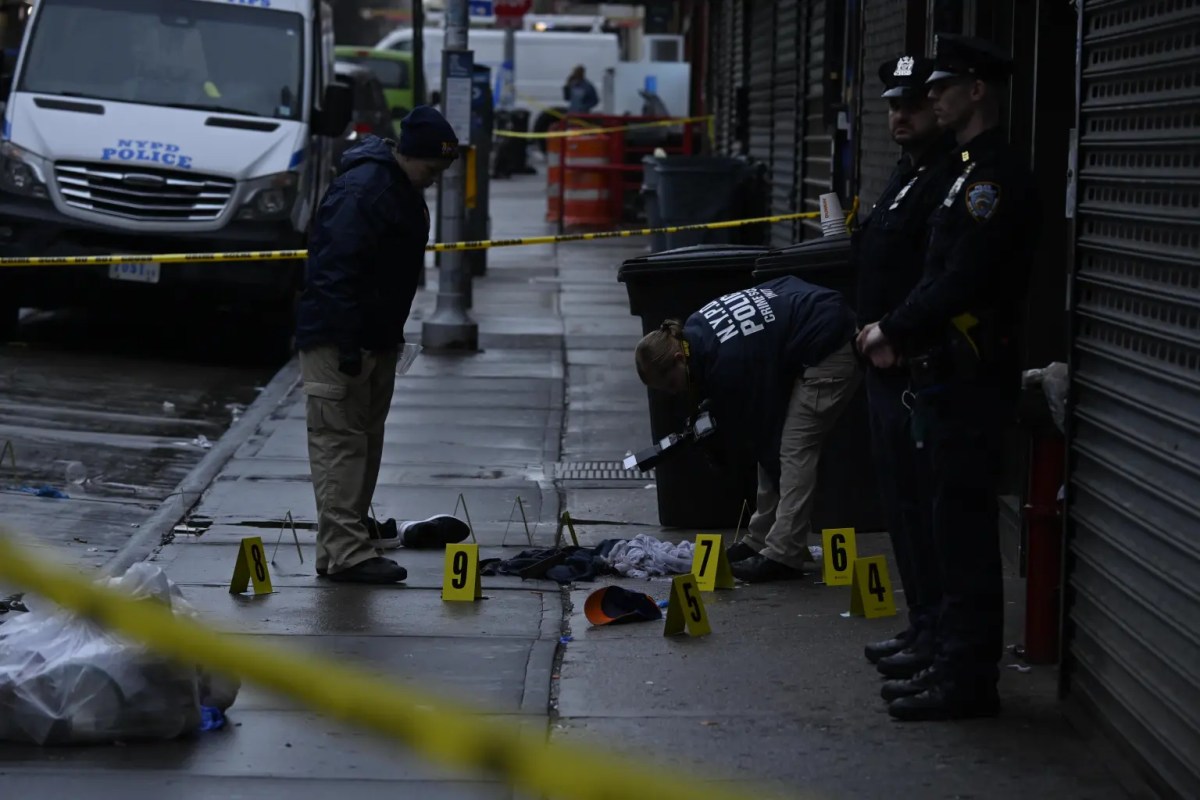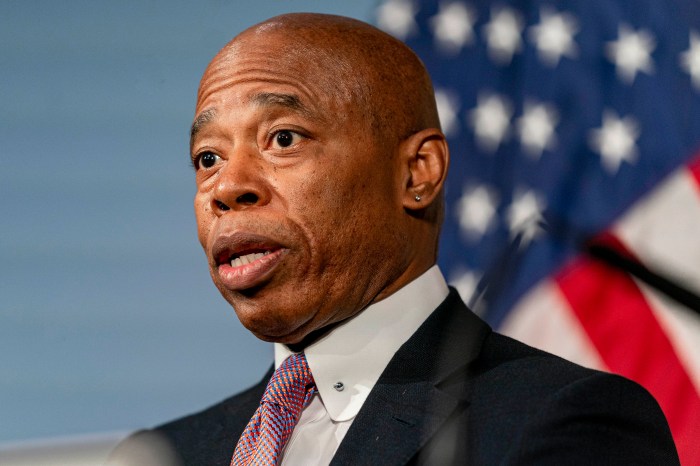
BY ALBERT AMATEAU | The new owner of an 1824 Federal Period house on Spring St. has applied for a demolition permit, prompting the Greenwich Village Society for Historic Preservation to ratchet up its demands for a South Village Historic District.
The demolition application for the vacant four-story building at 186 Spring St. near Thompson St. was issued July 2. A Department of Buildings spokesperson said on Tuesday that the application was under review but that she could not say when a decision would be made.
Andrew Berman, the G.V.S.H.P. executive director, on July 13 urged the city Landmarks Preservation Commission to protect the immediately threatened 186 Spring St. and designate a 35-block area within which the building is located as a city historic district.
“Among the many reasons why the commission should immediately designate this area, including its threatened 1824 house, is its powerful and unique connection to the early gay rights movement and New York’s earliest lesbian, gay, bisexual and transgender communities,” Berman said in a letter to L.P.C. Chairperson Robert Tierney.
In the early 1970s, the Spring St. house was the home of several key figures in the early gay rights movement.
Jim Owles, founding president of the Gay Activists Alliance, one of the earliest gay advocacy organizations in the post-Stonewall era and the first openly gay candidate for political office in the city, lived in the building in the early 1970s. In 1973 he became the first openly gay candidate for the City Council.
Owles, who died in 1993, went on to be founder of the Gay and Lesbian Independent Democrats (GLID) in 1974, and in 1985 was a founding member of the Gay and Lesbian Alliance Against Defamation (GLAAD), now a nationwide group that influences media coverage and depiction of lesbians and gay men.
Dr. Bruce Voeller, a pioneer in the fight against AIDS and a specialist in human sexuality and sexually transmitted diseases, also lived at 186 Spring St. in the early 1970s and 1980s. An early president of the Gay Activists Alliance, in 1973 he founded the National Gay Task Force (now the National Gay and Lesbian Task Force).
Voeller is also said to have changed the early terminology from Gay Related Immune Defense Disorder (GRIDD) to Acquired Immune Deficiency Syndrome (AIDS), the more accurate name by which the disease is now known.
Voeller, who died in 1984, was also a founder of the Mariposa Education and Research Foundation, which commissioned the George Segal “Gay Liberation” sculptures in Christopher Park, at Seventh Ave. South and Christopher St., to commemorate the Stonewall rebellion.
Arne Kantrowitz, a co-founder of GLAAD and an officer of the Gay Activists Alliance, also lived in 186 Spring St. Kantrowitz, who is still an active writer, is the author of “Under the Rainbow: Growing Up Gay,” one of the first autobiographies by a gay activist.
Berman noted that starting in the late 19th century, the South Village was a gathering place for openly gay men, lesbians and transgendered people.
In 2010, L.P.C. designated one-third of the South Village Historic District that preservation advocates called for, but the rest of it — between Sixth Ave. and Broadway from Bleecker to Canal Sts. — is not protected.
An L.P.C. spokesperson said on Wednesday that after a visit to 186 Spring St. two weeks ago, L.P.C. determined that the building did not rise to the level of an individual landmark.
Although the structure still has its original gable roof and some Flemish-bond brickwork, there is no original fabric remaining on the ground floor, and lintels and sills have been replaced, according to the L.P.C. survey.
“However, subsequent to this determination we have received information about the building’s connection to the gay rights movement,” the commission spokesperson said.
“We are going to weigh those associations in the context of the building’s architectural characteristics and will make a decision as soon as possible on whether to recommend it to the full commission,” she said.
However, the agency spokesperson said that designation of the entire district is not L.P.C.’s immediate priority, “because of the many other historic districts we are pursuing throughout the city.”

















